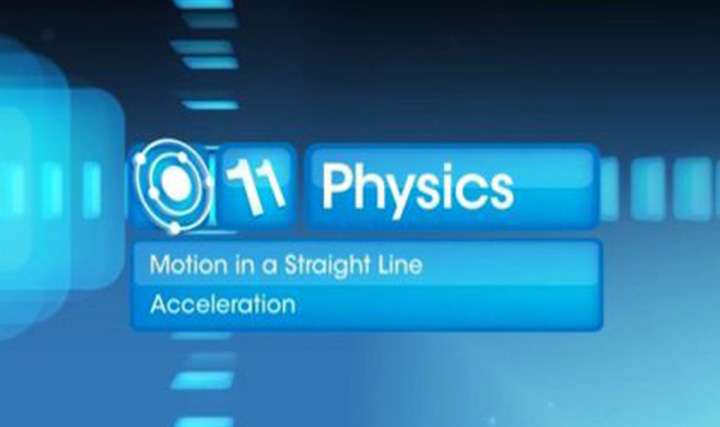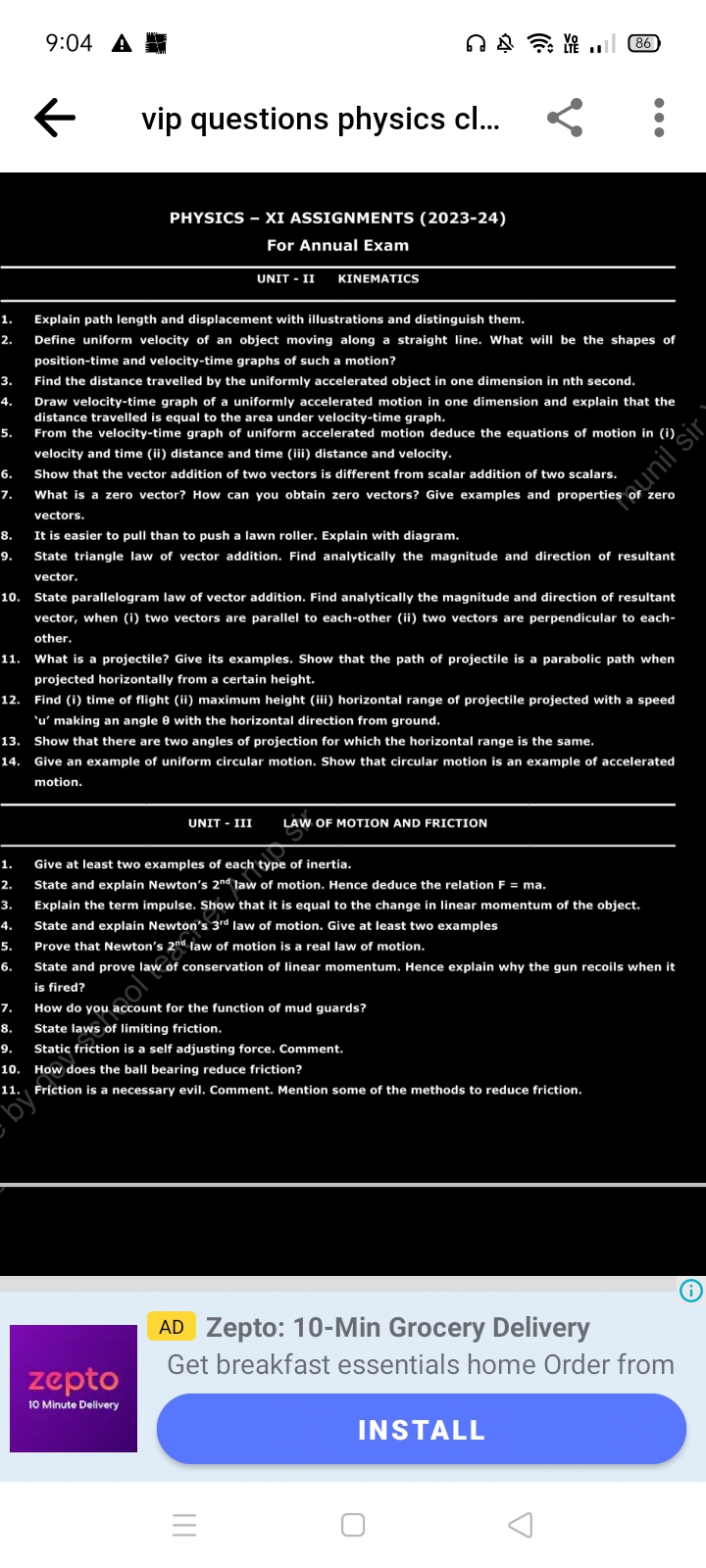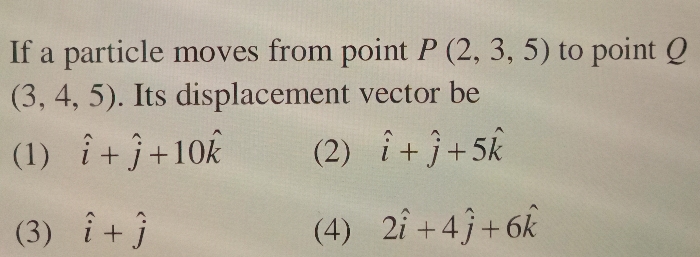CBSE Class 11-science Answered
explain relative velocity in one dimensional motion
Asked by | 24 Sep, 2011, 08:36: PM
Relative velocity of one object w.r.t. another is the velocity with which one object moves w.r.t. another object.
One dimensional motion:
When two objects are moving along parallel straight lines in the same direction, the magnitude of relative velocity of one object w.r.t. the other is equal to the difference in magnitude of two velocities.
When the two objects are moving along parallel straight lines in opposite directions, the magnitude of relative velocity of one object w.r.t. other is equal to the sum of the magnitude of their velocities.
Answered by | 30 Sep, 2011, 12:34: PM
Concept Videos
CBSE 11-science - Physics
Asked by om636694 | 04 Mar, 2024, 09:10: PM
CBSE 11-science - Physics
Asked by dhanapolla | 28 Jan, 2024, 10:40: AM
CBSE 11-science - Physics
Asked by santoshyadav6673633 | 26 Jan, 2024, 04:55: PM
CBSE 11-science - Physics
Asked by manjusrihalder395 | 07 Jan, 2024, 09:55: PM
CBSE 11-science - Physics
Asked by rahmanshah8572 | 29 Dec, 2023, 08:41: PM
CBSE 11-science - Physics
Asked by klvnsnthl | 25 Dec, 2023, 07:50: PM
CBSE 11-science - Physics
Asked by pothulasubbarayudu | 25 Dec, 2023, 06:58: PM
CBSE 11-science - Physics
Asked by neerajchaurasiya651 | 10 Dec, 2023, 09:32: PM
CBSE 11-science - Physics
Asked by debasishbarik2006 | 17 Nov, 2023, 07:03: PM








